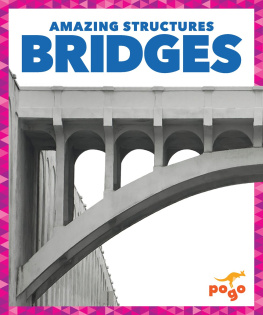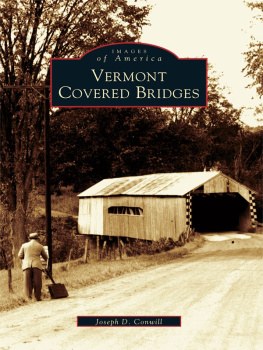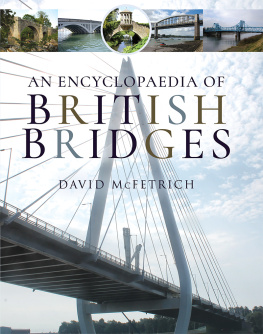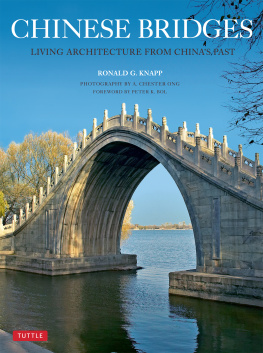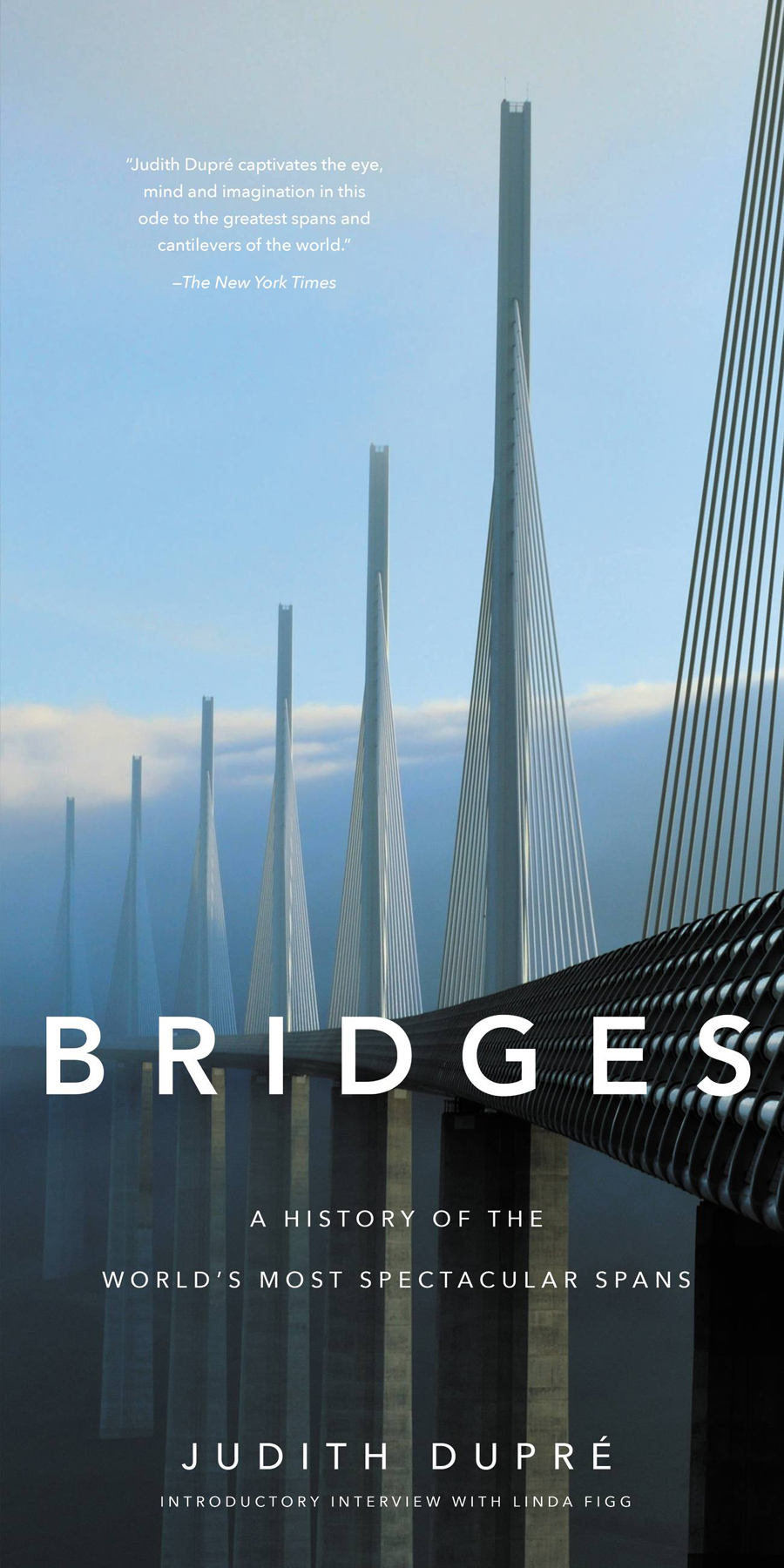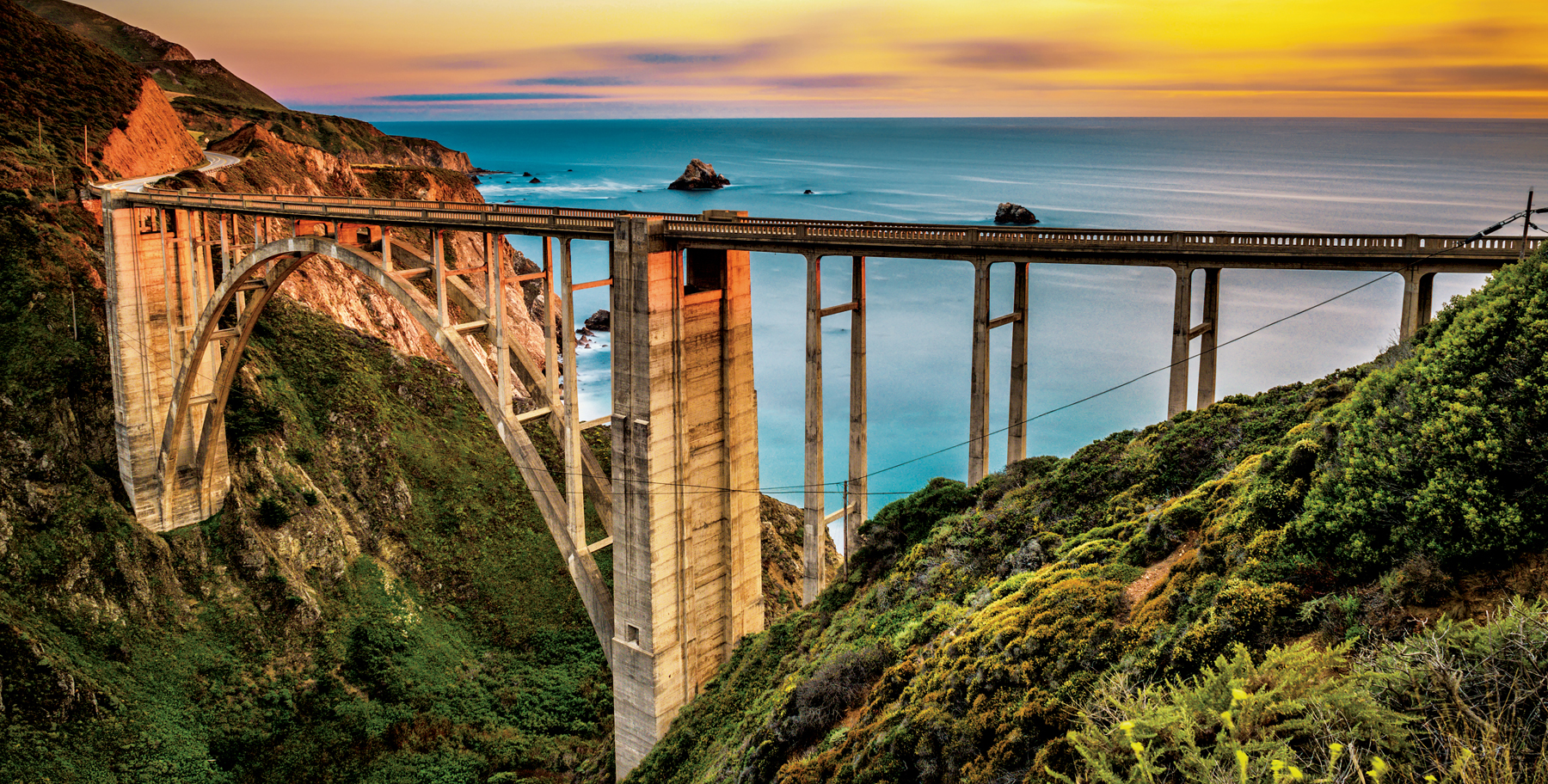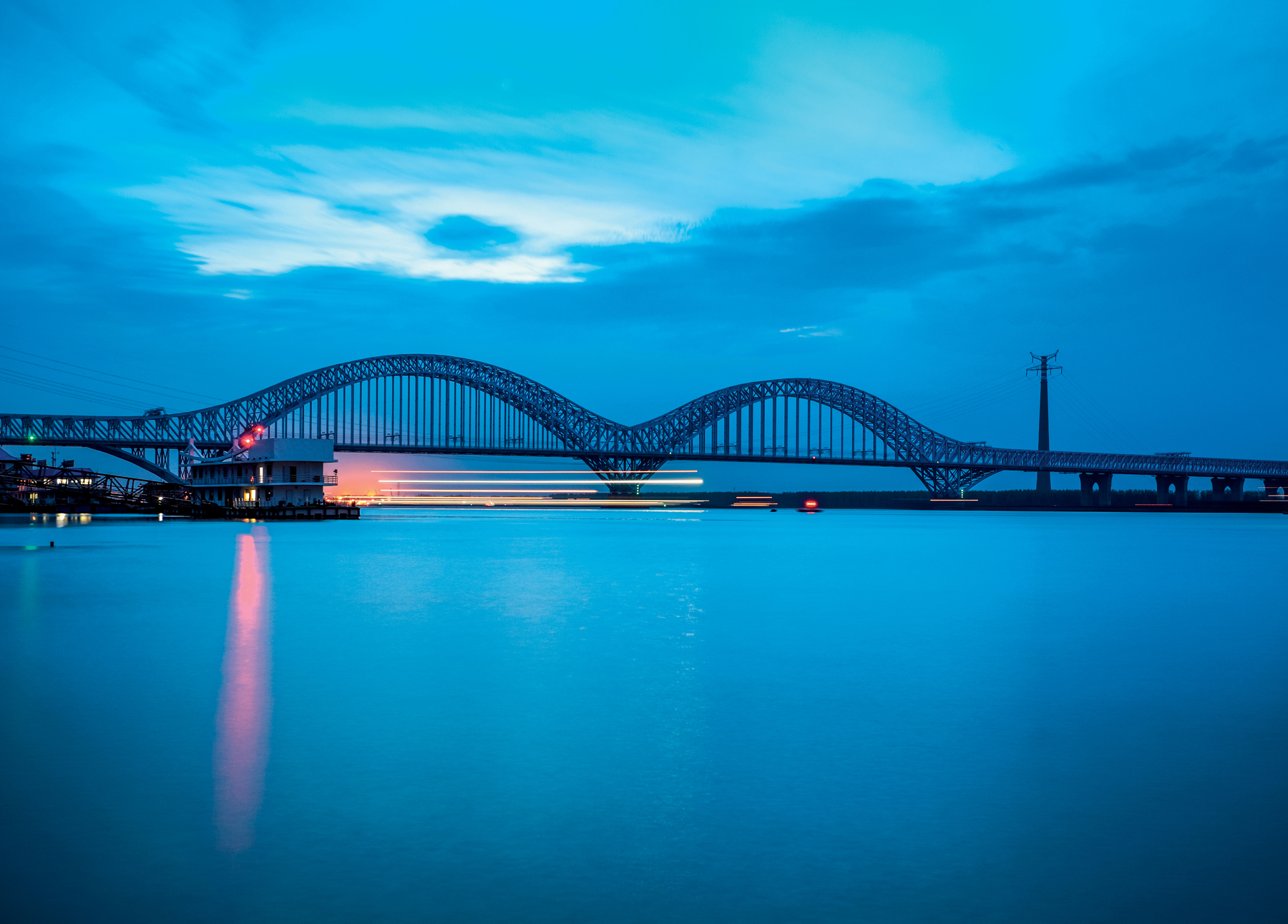Judith Dupré - Bridges: A History of the World’s Most Spectacular Spans
Here you can read online Judith Dupré - Bridges: A History of the World’s Most Spectacular Spans full text of the book (entire story) in english for free. Download pdf and epub, get meaning, cover and reviews about this ebook. year: 2017, publisher: Black Dog & Leventhal Publishers, genre: Romance novel. Description of the work, (preface) as well as reviews are available. Best literature library LitArk.com created for fans of good reading and offers a wide selection of genres:
Romance novel
Science fiction
Adventure
Detective
Science
History
Home and family
Prose
Art
Politics
Computer
Non-fiction
Religion
Business
Children
Humor
Choose a favorite category and find really read worthwhile books. Enjoy immersion in the world of imagination, feel the emotions of the characters or learn something new for yourself, make an fascinating discovery.

- Book:Bridges: A History of the World’s Most Spectacular Spans
- Author:
- Publisher:Black Dog & Leventhal Publishers
- Genre:
- Year:2017
- Rating:4 / 5
- Favourites:Add to favourites
- Your mark:
Bridges: A History of the World’s Most Spectacular Spans: summary, description and annotation
We offer to read an annotation, description, summary or preface (depends on what the author of the book "Bridges: A History of the World’s Most Spectacular Spans" wrote himself). If you haven't found the necessary information about the book — write in the comments, we will try to find it.
This visual history of the worlds landmark bridges is updated and expanded since its initial publication twenty years ago, with all-new photographs and features on cutting edge work by international superstars of architecture and engineering. Spanning two-thousand years of technological and aesthetic triumphs,Bridgesstands as the most thorough, authoritative, and gorgeous book on the subject. With its dynamic design and oversized format, the book is as dramatic as the structures it celebrates. Breathtaking photographs capture the bridges details as well as their monumental scale; location maps and architectural drawings invite you behind the scenes as new bridges take shape; and lively commentary on each explores its historical context and significance. Throughout, informative profiles, sidebars, and statistics makeBRIDGESan invaluable reference as well as a visual feast. Technological advances, structural daring, and artistic vision have propelled the evolution of bridge designs around the world. The last thirty years has seen the construction of masterpieces such as the Zakim Bridge that changed the city of Boston; Gateshead Millennium Bridge in England, a pedestrian tilt bridge that closes like an eye when it is raised; the Millau Viaduct in Tarn Valley, France, now the tallest cable-stay bridge in world; and the 102-mile Danyang-Kunshan Grand Bridge in China, the longest in the world. This all-new twentieth-anniversary edition features profiles on these amazing spans and on beloved landmarks, such as the Golden Gate and the Brooklyn Bridge, as well as thematic chapters on lighting technologies, military bridges, and bridges in the movies.
Judith Dupré: author's other books
Who wrote Bridges: A History of the World’s Most Spectacular Spans? Find out the surname, the name of the author of the book and a list of all author's works by series.



